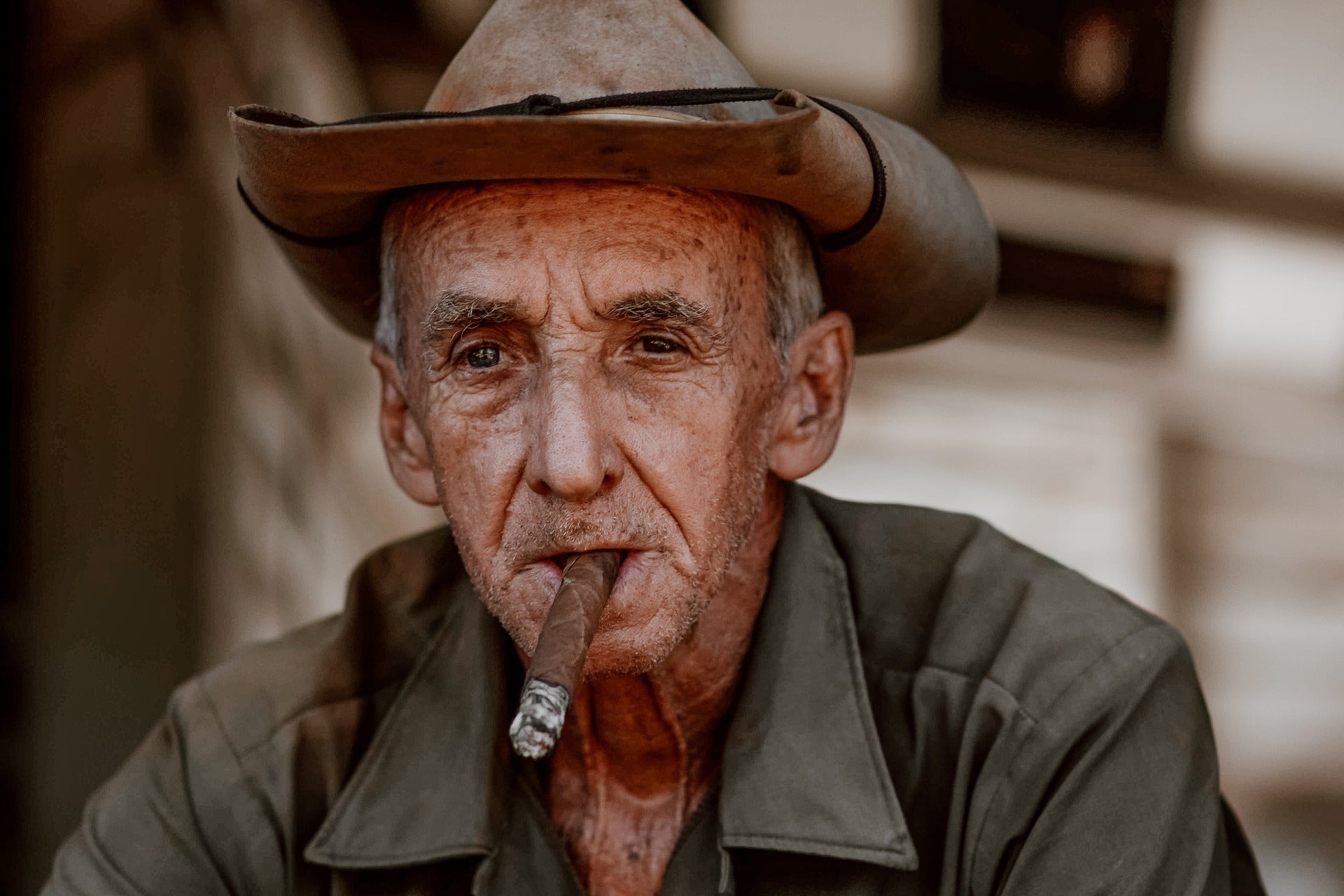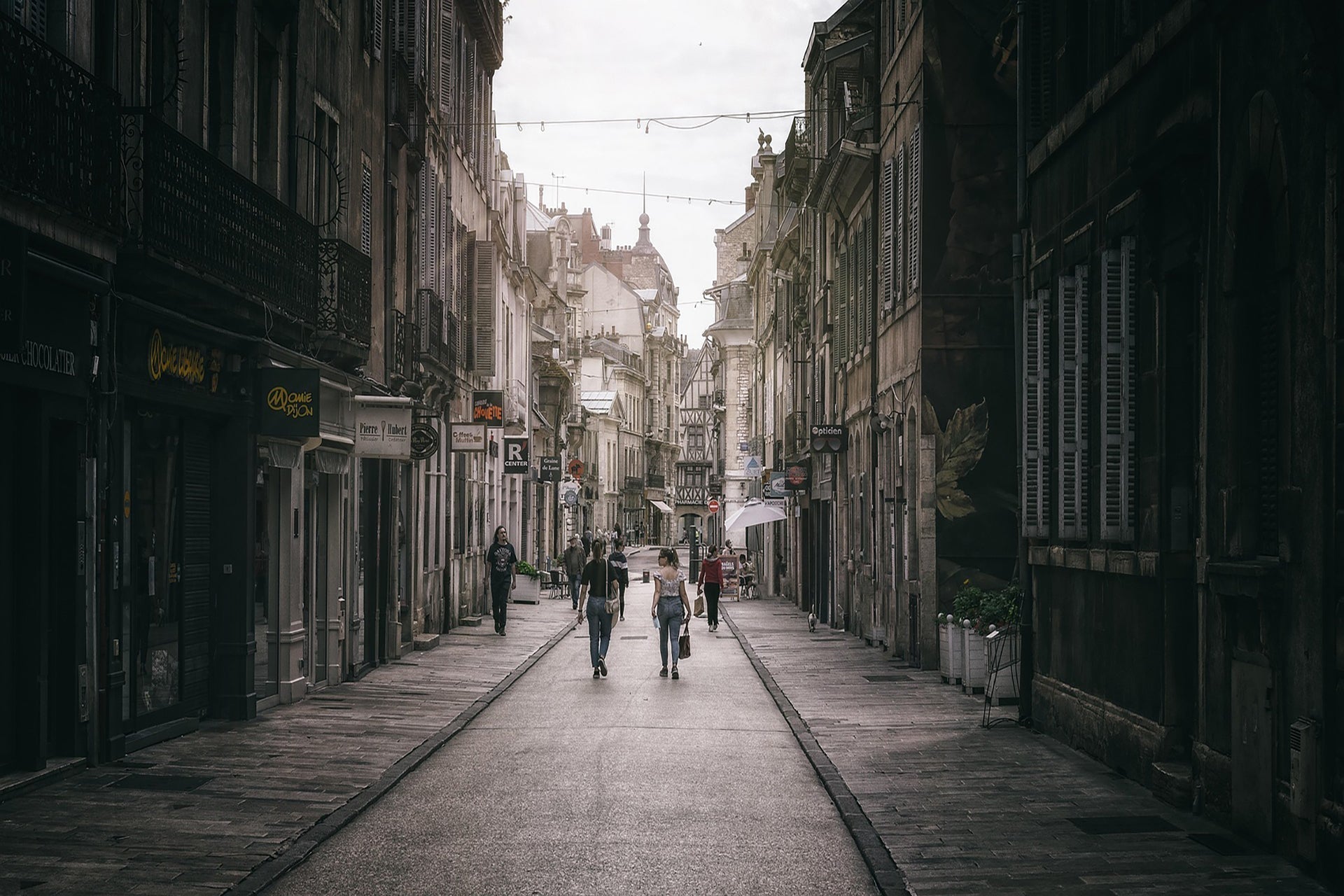
Focus techniques for professional portraits
We are all familiar with captivating portraits that immediately cast a spell over us - be it through an intense gaze, a gentle smile or the skillful staging of a special personality. In addition to an eye for the moment or a particularly expressive face, one thing is needed above all to create such effective images: a precise focus. In portrait photography, the art of focusing is the key to razor-sharp results and images that you look at for a long time, searching for a piece of the subject's essence in their clearly depicted eyes.

What makes a good portrait?
Portrait photography is more than just taking a picture of a person. It is the way of capturing a person's personality, identity and current mood. A successful portrait tells a story, conveys an emotion, and allows the viewer to catch a glimpse of the person's essence.
However, this can be achieved in very different ways: From traditional studio shoots to vibrant lifestyle shots to expressive environmental portraits - the possibilities are endless. While a softly blurred background, known as bokeh, can add depth and aesthetics to the image in some cases, sharpness in the eyes is crucial to the success of a portrait in most cases. After all, they are what speak directly to us, convey emotions and create a connection to the subject.
Especially when shooting portraits outside the studio, it is important that the camera and lenses can be transported safely and comfortably. A compact shoulder bag with padded inner compartments not only offers optimum protection, but also facilitates quick access when changing lenses or batteries. Those who value simple design and high-quality workmanship will find durable companions that perfectly combine function and style - particularly practical for spontaneous shoots in urban areas or when traveling.
Basic camera settings for sharp portraits
In order to achieve sharp results in portrait photography, it is important to understand the various techniques and camera settings that can be helpful. To this end, modern cameras offer a variety of autofocus options that can assist the photographer in capturing sharp images.
Most cameras have different autofocus modes such as AF-S (single autofocus), AF-C (continuous autofocus) and often AF-A (automatic autofocus). AF-S is ideal for still subjects, such as classic portraits, as the focus is locked when the shutter release button is pressed halfway. For more dynamic scenes in which the model is moving, AF-C is the better choice, as this mode continuously adjusts the focus as long as the shutter release button remains half-pressed. AF-A combines the two and attempts to switch between modes automatically depending on motion detection.
It is even easier and more precise to take a sharp portrait with the so-called eye autofocus (Eye AF). This uses a technology that enables the camera to recognize the subject's eyes directly and focus precisely on this area. As the eyes are the focal point of every portrait and represent its most important area, the use of eye autofocus alone usually ensures portraits with good sharpness. In addition, eye AF often works simultaneously with continuous autofocus (AF-C) to keep the eyes in focus even when the camera is moving. Some cameras even offer the option of selecting the eye to be focused on (left or right). This function gives you even more control over the depth of field, especially with lenses with an open aperture.
However, if you love the manual aspect of photography and like to have everything in your own hands and play with different camera settings, you can take good and clear pictures even without all these great technical options. After all, with a well-adjusted manual focus, you always have the best control over the image. Especially in poor lighting conditions or when photographing through obstacles such as panes of glass, manual focus can be the absolute better choice.
If you like to work manually, a stable, lightweight tripod with a flexible center column is worthwhile - especially in difficult lighting conditions or detail shots with a shallow depth of field. Little helpers such as adjustable hand straps or carrying straps also support you when working on the move with heavy equipment - a real plus for comfort and safety when photographing on the move.

How camera settings influence focus
Not only the focus technique, but also the camera settings have a major influence on the sharpness of portraits. In particular, the creative choice of aperture can lead to very different results when it comes to the sharpness of portraits. If you like to work with a blurred background and the so-called bokeh, you should choose an open aperture with a f-number such as f/1.4 or f/2.8, which ensures a shallow depth of field. Even if you don't want to achieve such an effect very specifically, you should experiment with different apertures, as every lens achieves its maximum sharpness at a certain aperture. This is usually between f/4 and f/8 and can be easily found with a few experiments.
If you are working with different apertures, lenses and settings, you should not leave your equipment to chance. A modular camera backpack, which flexibly divides both large and small compartments, keeps everything organized and protects your back with well-padded straps. Practical for longer shooting days or changing locations.
Particularly for portraits that are to be taken in a dynamic, moving context, it is also important to choose an appropriate shutter speed. This is because fast shutter speeds freeze movements, while slower speeds can cause motion blur.
The ISO value of the shot and therefore the light sensitivity of the sensor also has an influence on the image quality and its sharpness. If higher ISO values have to be used in difficult lighting conditions, this can lead to less detail sharpness and more noise in portraits. For this reason, the ISO value in portrait photography should generally be kept as low as possible in order to achieve the best possible image quality.
Choosing the right lens for sharp portraits
Not only the camera settings, but also the lens plays a decisive role in the sharpness of the image. Lenses with a fixed focal length are therefore often recommended for portraits, as they generally produce sharper images and offer larger apertures than zoom lenses. Popular focal lengths for full-frame cameras in portrait photography are 50mm, 85mm and 135mm. Lenses with large apertures (e.g. f/1.2, f/1.4, f/1.8) not only enable a shallow depth of field and can also be used successfully in low light, but also offer faster shutter speeds or lower ISO values. While 50mm lenses are versatile, 85mm lenses are generally considered ideal for portraits due to their flattering perspective and beautiful bokeh.

Conclusion
Precise focus is essential for effective portraits. Choosing the right focus technique, conscious use of camera settings and selecting the right lens are crucial for razor-sharp results. Depending on the surroundings, lighting conditions and your own style, there are many creative ways to take good portraits and create individually selected focal points through sharpness and blurring. Practice and experimentation are the best companions on the way to taking expressive and unforgettable portraits.
Whether studio, city or nature - wherever you are planning your next portraits: a reliable transport solution protects your high-quality camera equipment and ensures that you can concentrate fully on your subject. Whether it's a stylish shoulder bag or a robust rucksack - discover the right solution for your creative work and stay flexible at all times.

